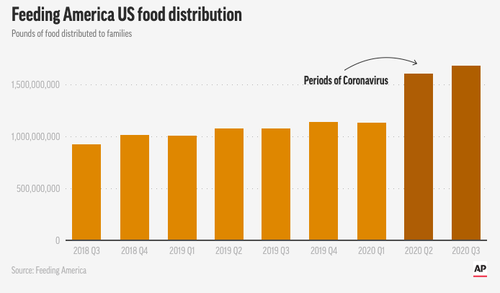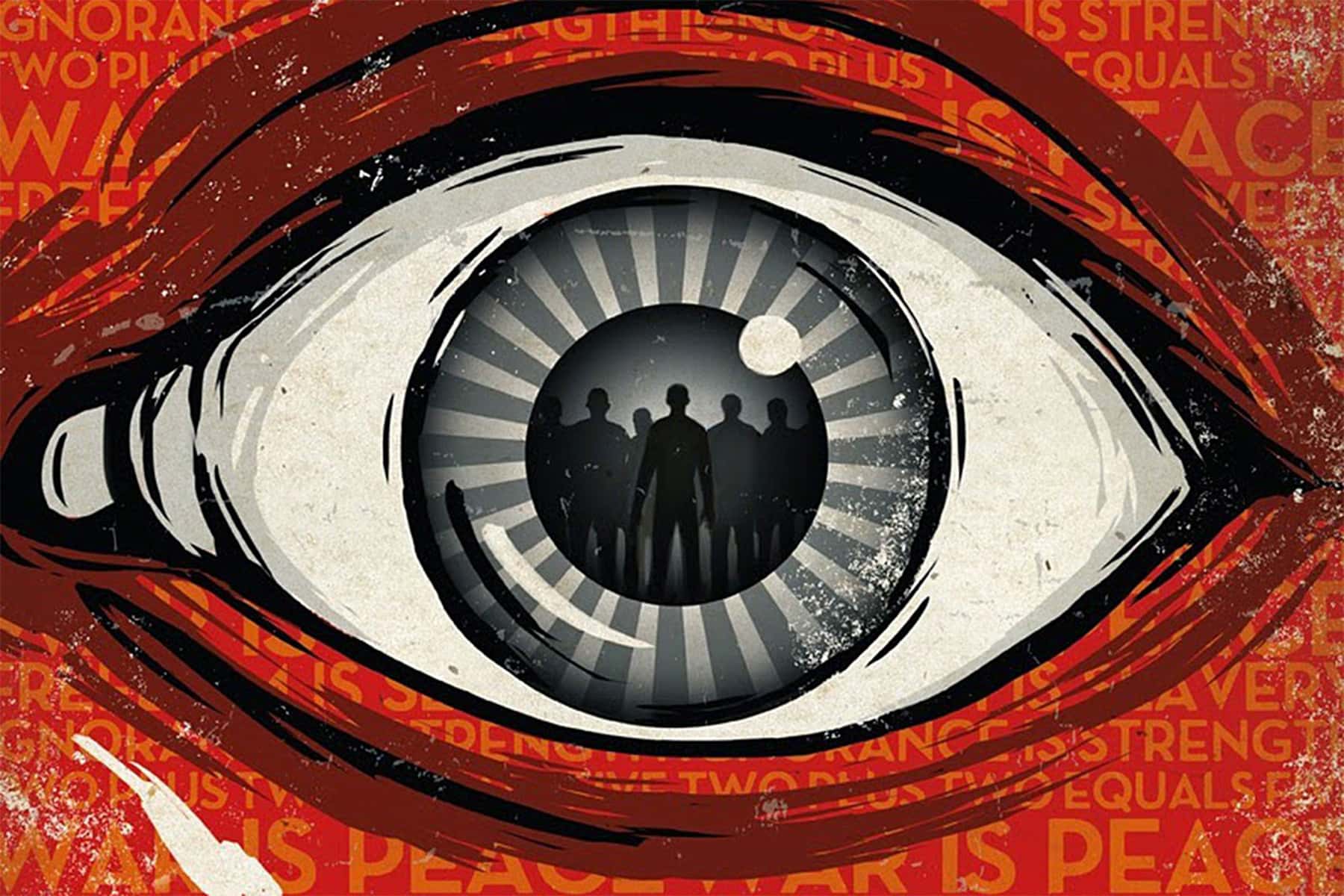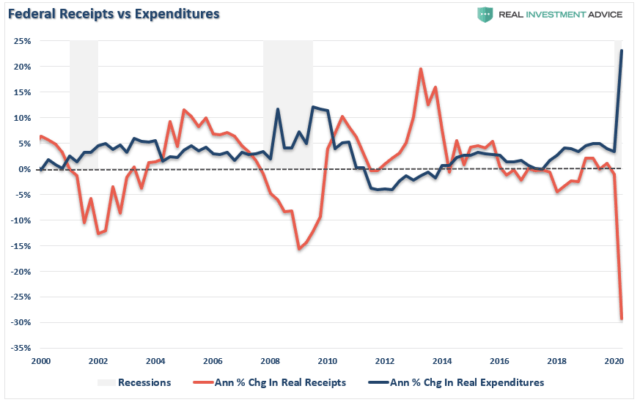Everyone knows about the poverty in our urban war zones. I’ve detailed the squalor of West Philly for three years on this blog. What you don’t hear too much about is the rapidly spreading poverty in suburbia. You need to look closer to find it, but it is there. I’m always observing while driving around my community. The hottest new retailers in the suburbs are SPACE AVAILABLE and VACANCY. Strip malls across suburbia have more empty stores than operating stores. You notice large single family homes with overgrown front lawns. You notice that home repairs are being deferred. You see nice houses sitting vacant for years.
There are millions of people still living in homes while not having made a mortgage payment in two years. A million people fell off the unemployment rolls after using up their 99 weeks in the past year. Food banks are booming. Manna on Mainstreet in Lansdale, near my home, had to move to a location three times the size of its former location. I do feel sorry for people who have caught a bad break. My favorite Christmas gift from Avalon was a note saying that a contribution to Manna on Mainstreet had been made in my name.
The people I don’t feel sorry for are those who bought twice as much house as they could afford and now are reaping what they sowed. I don’t feel sorry for those who borrowed against their houses so they could take exotic vacations and drive the latest BMW. In suburbia it is virtually impossible to distinguish between those who deserve help and those who deserve to get it good and hard. We have a stealth depression, as food stamps, unemployment compensation, and welfare payments are all done electronically. No lines. No evidence of suffering. We’ve really improved our depressions.
America’s Dirty Little Housing Secret Is Rocking The Suburbs
Michelle Hirsch, The Fiscal Times
For years, the food pantry in Crystal Lake, Ill., a bedroom community 50 miles west of Chicago, has catered to the suburban area’s poor, homeless and unemployed.
But Cate Williams, the head of the pantry, has noticed a striking change in the makeup of the needy in the past year or two.
Some families that once pulled down six-figure incomes and drove flashy cars are now turning to the pantry for help.
A few of them donated food and money to the pantry before their luck soured, according to Williams.
“People will shyly say to me, ‘You know, I used to give money and food to you guys. Now I need your help,’” Williams told The Fiscal Times last week. “Most of the folks we see now are people who never took a handout before. They were comfortable, able to feed themselves, to keep gas in the car, and keep a nice roof over their head.”
Suburbia always had its share of low-income families and the poor, but the sharp surge in suburban poverty is beginning to grab the attention of demographers, government officials and social service advocates.
The past decade has marked the most significant rise in poverty in modern times. One in six people in the U.S. are poor, according to the latest census data, compared to one-in-ten Americans in 2004. This surge in the percentage of the poor is fueling concerns about a growing disparity between the rich and poor — the 99 percent versus the 1 percent in the parlance of the Occupy Wall Street movement.
But contrary to stereotypes that the worst of poverty is centered in urban areas or isolated rural areas and Appalachia, the suburbs have been hit hardest in recent years, an analysis of census data reveals. “If you take a drive through the suburbs and look at the strip mall vacancies, the ‘For Sale’ signs, and the growing lines at unemployment offices and social services providers, you’d have to be blind not to see the economic crisis is hitting home in a way these areas have never experienced,” said Donna Cooper, a senior fellow at the Center for American Progress, a progressive think tank.
In the wake of the Great Recession, poverty rolls are rising at a more rapid pace in the suburbs than in cities or rural communities. Between 2000 and 2010, the number of suburban households below the poverty line increased by 53 percent, compared to a 23 percent increase in poor households in urban areas, according to a Brookings Institution analysis of census data.
Last year, there were 2.7 million more suburban households below the federal poverty level than urban households, according to the Bureau of Labor Statistics. That was the first time on record that America’s cities didn’t contain the highest absolute number of households living in poverty. There are many reasons for the dramatic turnabout in the geographic profile of poverty.
While many once depressed urban areas are being revitalized in an effort to draw in more affluent residents, other areas are attracting lower-income families who have moved to the suburbs in search of more affordable housing and better schools. This shift in low-income families to the suburbs coincided with a move of low-wage, low-skilled jobs to those same suburban areas between the 1970s and early 2000s, experts say.
Meanwhile, the introduction of new commerce and high-cost housing in the urban neighborhoods pushed overall prices upward, providing added incentive for low-income people to head for the suburbs.
“These are families that were living on the edge in the city, but in many cases over the last 20 to 30 years, regained some stability when they found affordable housing in the suburbs,” said Cooper. “Now, the economy tanks, they lose their jobs, they’re poor, and they’re out in the suburbs on the edge once again.”
Both urban and suburban America were badly hammered by the financial meltdown and recession, leading to stubbornly high unemployment, widespread foreclosures and “underwater” homes, high food and gas prices and sharp cutbacks in government and private social services. But the overall impact has been worse in suburban areas, because many low-skilled jobs disappeared along with the plants and businesses that once provided employment. Other companies shifted their business strategy towards developing a high-skill, high-tech labor force.
To be sure, the picture of poverty in American suburbs is an uneven one. According to the census analysis, some suburban regions took bigger economic hits than others. Poverty rolls increased 121.8 percent in the Atlanta suburbs between 2000 and 2010, compared to a 6.8 percent increase in the city. Chicago and Seattle saw similarly large suburban-urban splits in poverty. The poverty rate increased by 76.3 percent in the Chicago suburbs compared to only 9.7 percent in the city during that period. In Seattle, the number of people living below the poverty line rose 74.4 percent in the suburbs versus 26.1 percent in the city proper over the decade.
The 10-year surge in suburban poverty is putting enormous budgetary pressure on county and local governments and non-profits, which are struggling to meet a rising demand for social services, counseling and financial assistance. The number of students qualifying for subsidized lunches in Conyers, an Atlanta suburb, grew by 63 percent this year, compared with a 46 percent increase in 2006. Many suburban areas of Columbus, Ohio have also seen their subsidized lunch enrollment more than double over the past five years, the Columbus Post Dispatch reported earlier this year.
This post originally appeared in The Fiscal Times.
Read more: http://www.thefiscaltimes.com/Articles/2011/12/27/Americas-Best-Kept-Secret-Rising-Suburban-Poverty.aspx#page1#ixzz1i3ikOb8K














